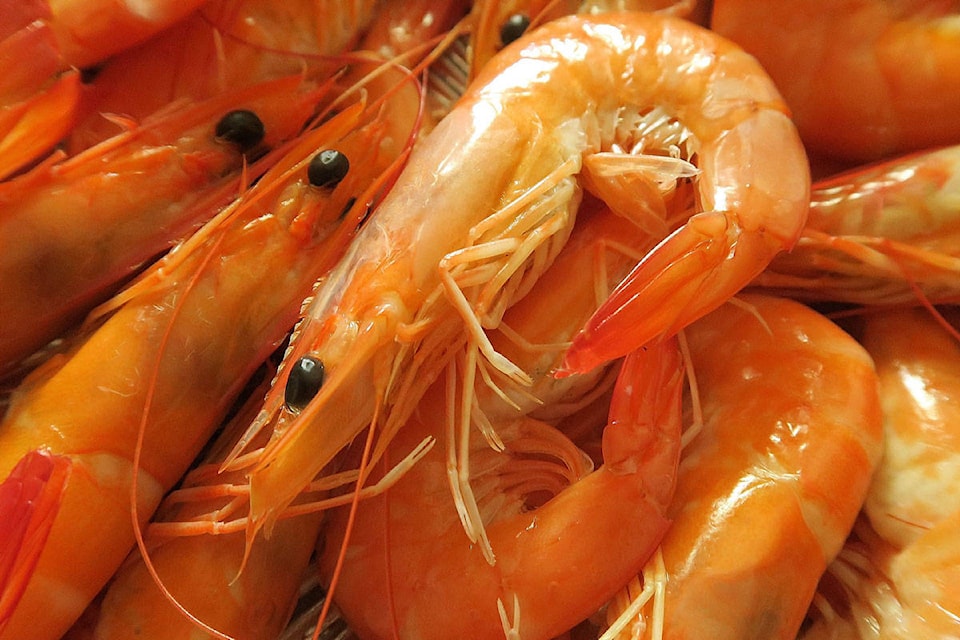An audit of fisheries in Canada points to a decline in healthy fish stocks over the last two years, including crustacean stocks in the Pacific.
The advocacy group Oceana Canada released an annual report Nov. 13, assessing fisheries in the country based on data from the Department of Fisheries and Oceans.
Several fish stocks across the country are in decline according to the report, with many concerns on the Atlantic coast. In the Pacific, however, stocks for fish like Pacific Herring in the Prince Rupert District and Haida Gwaii, Bocaccio rockfish in B.C. waters and yelloweye rockfish in both the inside and outside waters population are in decline.
Crustaceans like pink shrimp and sidestripe shrimp are also newly in decline, something Oceana Canada said could be a problem if it becomes a trend.
“Something we’ve noticed in this audit is that a few more crustacean stock have been added to the critical zone and so much of the seafood industry in Canada is reliant on crustaceans,” said Josh Laughren, Oceana Canada executive director. “If that becomes a trend…if those start to decline, boy our fisheries are in trouble.”
READ ALSO: Audit finds Canada’s fisheries in decline and response lacks urgency
Laughren said the purpose of the audit is to measure the performance of the government against their own commitments; it takes a look at the government’s policies and ranks against their own performance indicators.
However, Oceana Canada found that the government is falling behind in important areas. The group is calling for Ottawa to finalize regulations and set timelines and targets in order to rebuild stocks that are being depleted.
According to the audit, 17 per cent of Canada’s fish stocks are critically depleted, up by four per cent from last year. About 29 per cent of stocks were considered to be healthy, but the stocks that are in a critical or cautious state outnumber the healthy stocks.
A large number of stocks – 38 per cent – are also categorized as uncertain, meaning the Department of Fisheries and Oceans did not have enough data to assess the status of those stocks. There was an increase in the number of uncertain stocks compared to previous years.
READ ALSO: Fisheries finds a new way for residents to report illegal activity
“It bears noting we’re really pleased, in the last four years we’ve seen a big increase in transparency and information from the DFO that allows us to do an audit like this,” Laughren said. “We’ve seen a big increase in funding and hiring…it’s really time that those investments start showing up in these indicators. It’s time to turn money into tangible changes.”
Laughren also noted that the Pacific region is ahead when it comes to observing and monitoring stocks – something Oceana Canada would like to see more of on the east coast.
The report also made note of a new Fisheries Act that was amended in June, calling it a chance to make progress in the field. But regulations are still developing, and Laughren said the government should be making moves to get a plan in place with goals and timelines.
As fish stocks are in decline, Laughren calls the situation a “crisis in slow motion.”
“We’ve lost about 50 per cent of the entire biomass of fish since 1970,” Laughren said. “We’re still slowly declining and if we don’t change that curve we know what will happen.”
shalu.mehta@goldstreamgazette.com
